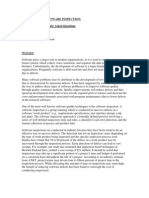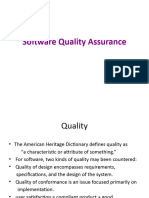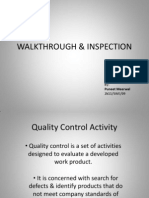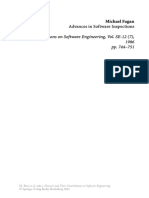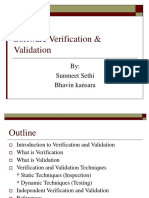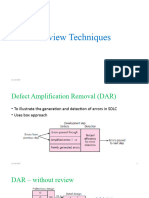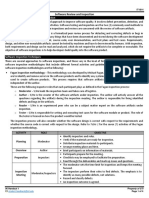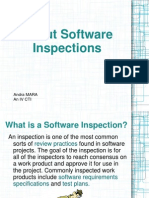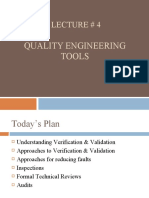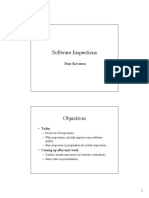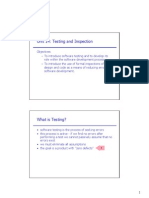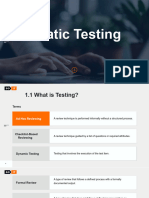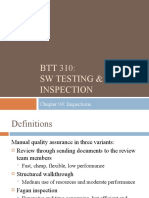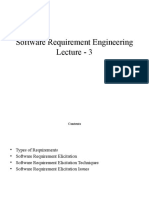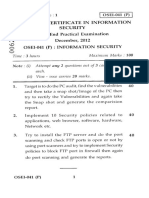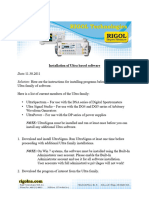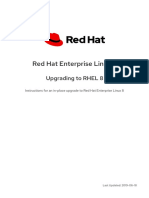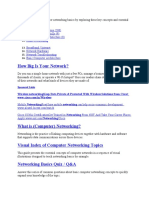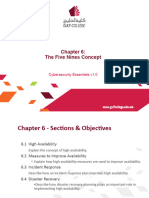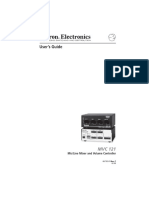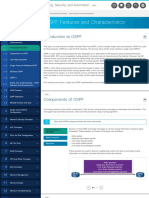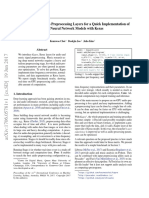0% found this document useful (0 votes)
79 views48 pagesSqa Lecture 13
Software inspections are rigorous team reviews of work products to find defects. The goal is to find and fix defects early in the development process, which is more cost effective than later phases. Inspections involve planning, preparation by inspectors, an inspection meeting to identify issues, an analysis meeting to classify defects, rework, and follow up. When done properly with management support and trained teams, inspections can significantly reduce costs and improve quality over traditional testing approaches.
Uploaded by
Anzala DarCopyright
© © All Rights Reserved
We take content rights seriously. If you suspect this is your content, claim it here.
Available Formats
Download as PDF, TXT or read online on Scribd
0% found this document useful (0 votes)
79 views48 pagesSqa Lecture 13
Software inspections are rigorous team reviews of work products to find defects. The goal is to find and fix defects early in the development process, which is more cost effective than later phases. Inspections involve planning, preparation by inspectors, an inspection meeting to identify issues, an analysis meeting to classify defects, rework, and follow up. When done properly with management support and trained teams, inspections can significantly reduce costs and improve quality over traditional testing approaches.
Uploaded by
Anzala DarCopyright
© © All Rights Reserved
We take content rights seriously. If you suspect this is your content, claim it here.
Available Formats
Download as PDF, TXT or read online on Scribd
/ 48





